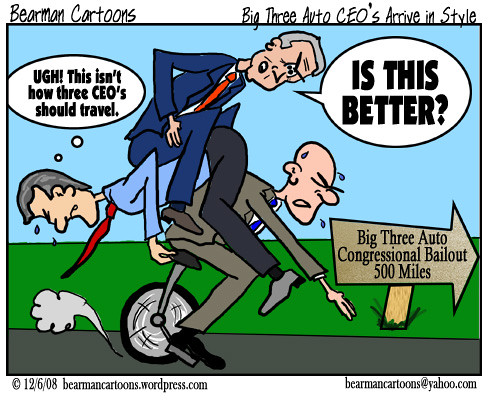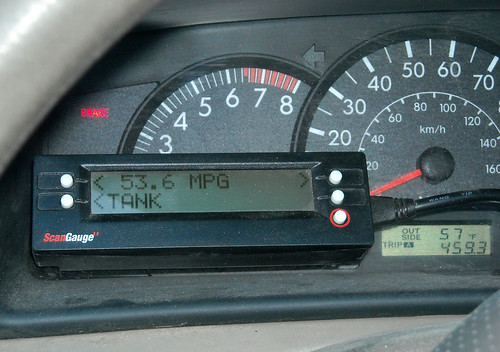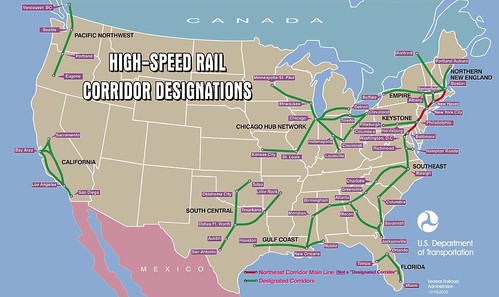Obama Auto Team Wraps Up in Detroit
(Source: Wall Street Journal)
President Barack Obama’s auto team will spend Monday at the Detroit home of the Big Three as the administration begins to narrow its options for helping the reeling auto sector.
The field trip wraps up nearly three weeks of fact gathering by the team since General MotorsCorp. and Chrysler LLC submitted their rescue plans to the Treasury Department in the hopes of winning billions more in government loans. Ford Motor Co. is not seeking government aid.

Top Treasury Department advisers Steven Rattner and Ron Bloom, who are leading the auto task force, plan to use the day in Detroit to hone an array of lingering questions surrounding the companies’ rescue plans, which many analysts have criticized as overly optimistic. The team will also meet with the United Auto Workers union to discuss its willingness for deep compromises over wages, staff cutbacks and funding for its retiree health plan.
The weeks ahead are filled with peril for both the White House and the auto makers as administration officials face a March 31 deadline for deciding whether to give the companies nearly $22 billion more in federal assistance.
Click here to read the entire article.











